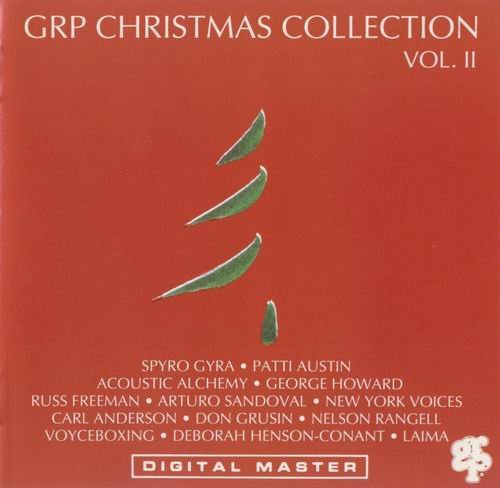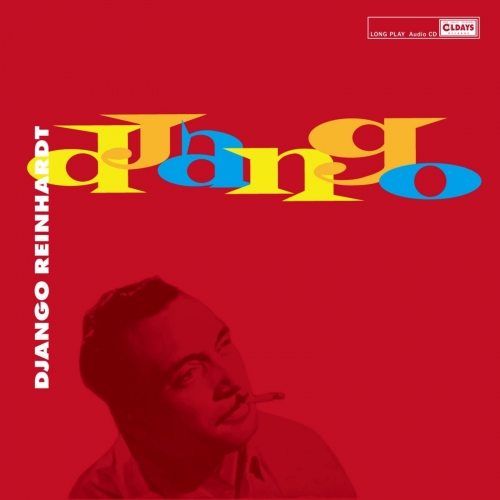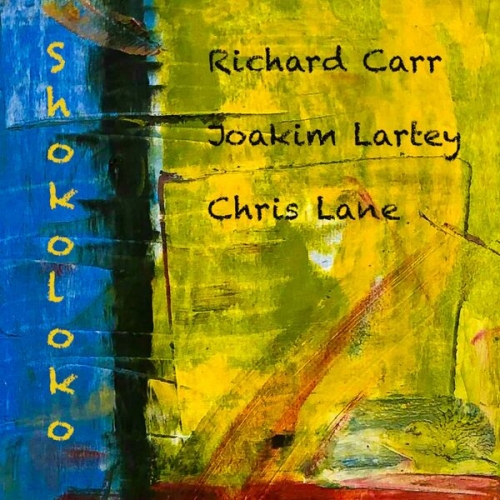Martino Noferi, Il Rossignolo, Ottaviano Tenerani - A. Scarlatti: Concerti e Sinfonie per Flauto (2002)

Artist: Martino Noferi, Il Rossignolo, Ottaviano Tenerani
Title: A. Scarlatti: Concerti e Sinfonie per Flauto
Year Of Release: 2002
Label: CPO
Genre: Classical
Quality: FLAC (image+.cue,log,scans)
Total Time: 53:13
Total Size: 290 Mb
WebSite: Album Preview
Tracklist: Title: A. Scarlatti: Concerti e Sinfonie per Flauto
Year Of Release: 2002
Label: CPO
Genre: Classical
Quality: FLAC (image+.cue,log,scans)
Total Time: 53:13
Total Size: 290 Mb
WebSite: Album Preview
Concerto in Re maggiore a flauto, due violini e basso
01. Allegro
02. Adagio
03. Fuga
04. Largo
05. Allegro
Concerto in Fa maggiore a tre flauti e basso
06. Adagio
07. Allegro
08. Minuet
Concerto in La maggiore a flauto, due violini e basso
09. Allegro
10. Fuga
11. Adagio
12. Andante
Sinfonia in Sol maggiore a flauto e basso
13. Senza indicazione di tempo
14. Senza indicazione di tempo
15. Allegro
16. Allegro
17. Senza indicazione di tempo
Concerto in Fa maggiore a flauto, due violini e basso
18. Spiritoso
19. Allegro
20. Grave
21. Allegro
Sonata in sol minore a due flauti e basso
22. Senza indicazione di tempo
23. Grave
24. Largo
25. Presto
26. Allegro
Sinfonia in Fa maggiore a flauto e basso
27. Senza indicazione di tempo
28. Senza indicazione di tempo
29. Largo
30. Minuet
Concerto in La maggiore a due flauti, due violini e basso
31. Grave
32. Allegro
33. Minuet
Performers:
Martino Noferi, recorder
Il Rossignolo
Ottaviano Tenerani
Although Alessandro Scarlatti's popularity today lags behind that of his son Domenico, he was an acclaimed and well-known composer at the time of his death in 1725. Every now and then, a new recording comes along to remind us of why he deserved his accolades. The present one focuses on concertante music for recorder – the booklet note uses the words "flute" and "recorder" interchangeably – with or without additional recorders or solo violins.
The preponderance of major keys suggests that the music on this CD will be cheerful, and cheerful it is, even brilliant. Scarlatti keeps things moving, too; concertos as brief as seven minutes in length can have as many as five movements. This is a good place to explain the difference between a concerto and a sinfonia, as Scarlatti understood it. Actually, there wasn't much difference as all, as Scarlatti used the term "sinfonia" in its most basic sense, that is, music consisting parts that harmonize (or "sound") together. It is hard for me, however, to figure out what this really means, as the two fugal movements on this disc belong to concertos, and the works that feature more than one soloist are the concertos and the sonata. Never mind. These works are consistently engaging – light music at its least condescending, and often quite "vocal" in their songfulness. Scarlatti demands agility from his soloists, so it is clear that these works were not composed for amateurs.
Noferi and the members of Il Rossignolo play period instruments. The sound is very light, and Tenerani, who leads from the harpsichord, has pared the ensemble's size down to a minimum for these works. The biggest challenge to listeners may be the recorders themselves. There is a lot of "bent pitch" – momentary flatting or sharping of the main pitch – in these performances. Each note is seldom a "bull's eye" – the soloists swim around the note expressively. It's almost like what one hears from jazz vocalists. Listeners who are not used to period instruments will be driven crazy by this. I found it charming, but sometimes it was too much of a good thing.
The recording was made in Sovigliana, Italy, in the spring of 2001. The engineers have given the musicians a brilliant "hot" sound which allows us to hear almost every breath from Noferi and his colleages. Again, I found this charming at first, but it eventually became too much of a good thing as well. -- Raymond Tuttle
The preponderance of major keys suggests that the music on this CD will be cheerful, and cheerful it is, even brilliant. Scarlatti keeps things moving, too; concertos as brief as seven minutes in length can have as many as five movements. This is a good place to explain the difference between a concerto and a sinfonia, as Scarlatti understood it. Actually, there wasn't much difference as all, as Scarlatti used the term "sinfonia" in its most basic sense, that is, music consisting parts that harmonize (or "sound") together. It is hard for me, however, to figure out what this really means, as the two fugal movements on this disc belong to concertos, and the works that feature more than one soloist are the concertos and the sonata. Never mind. These works are consistently engaging – light music at its least condescending, and often quite "vocal" in their songfulness. Scarlatti demands agility from his soloists, so it is clear that these works were not composed for amateurs.
Noferi and the members of Il Rossignolo play period instruments. The sound is very light, and Tenerani, who leads from the harpsichord, has pared the ensemble's size down to a minimum for these works. The biggest challenge to listeners may be the recorders themselves. There is a lot of "bent pitch" – momentary flatting or sharping of the main pitch – in these performances. Each note is seldom a "bull's eye" – the soloists swim around the note expressively. It's almost like what one hears from jazz vocalists. Listeners who are not used to period instruments will be driven crazy by this. I found it charming, but sometimes it was too much of a good thing.
The recording was made in Sovigliana, Italy, in the spring of 2001. The engineers have given the musicians a brilliant "hot" sound which allows us to hear almost every breath from Noferi and his colleages. Again, I found this charming at first, but it eventually became too much of a good thing as well. -- Raymond Tuttle
DOWNLOAD FROM ISRA.CLOUD
Martino Noferi Scarlatti Concerti e Sinfonie per Flauto 02 2901.rar - 290.7 MB
Martino Noferi Scarlatti Concerti e Sinfonie per Flauto 02 2901.rar - 290.7 MB







![Eumir Deodato - Inútil Paisagem (As Maiores Composições de Antonio Carlos Jobim) [Bonus Track] (2025) Eumir Deodato - Inútil Paisagem (As Maiores Composições de Antonio Carlos Jobim) [Bonus Track] (2025)](https://img.israbox.com/img/2025-12/26/rc26x4ckfzr1mxaswj8nxutzu.jpg)
